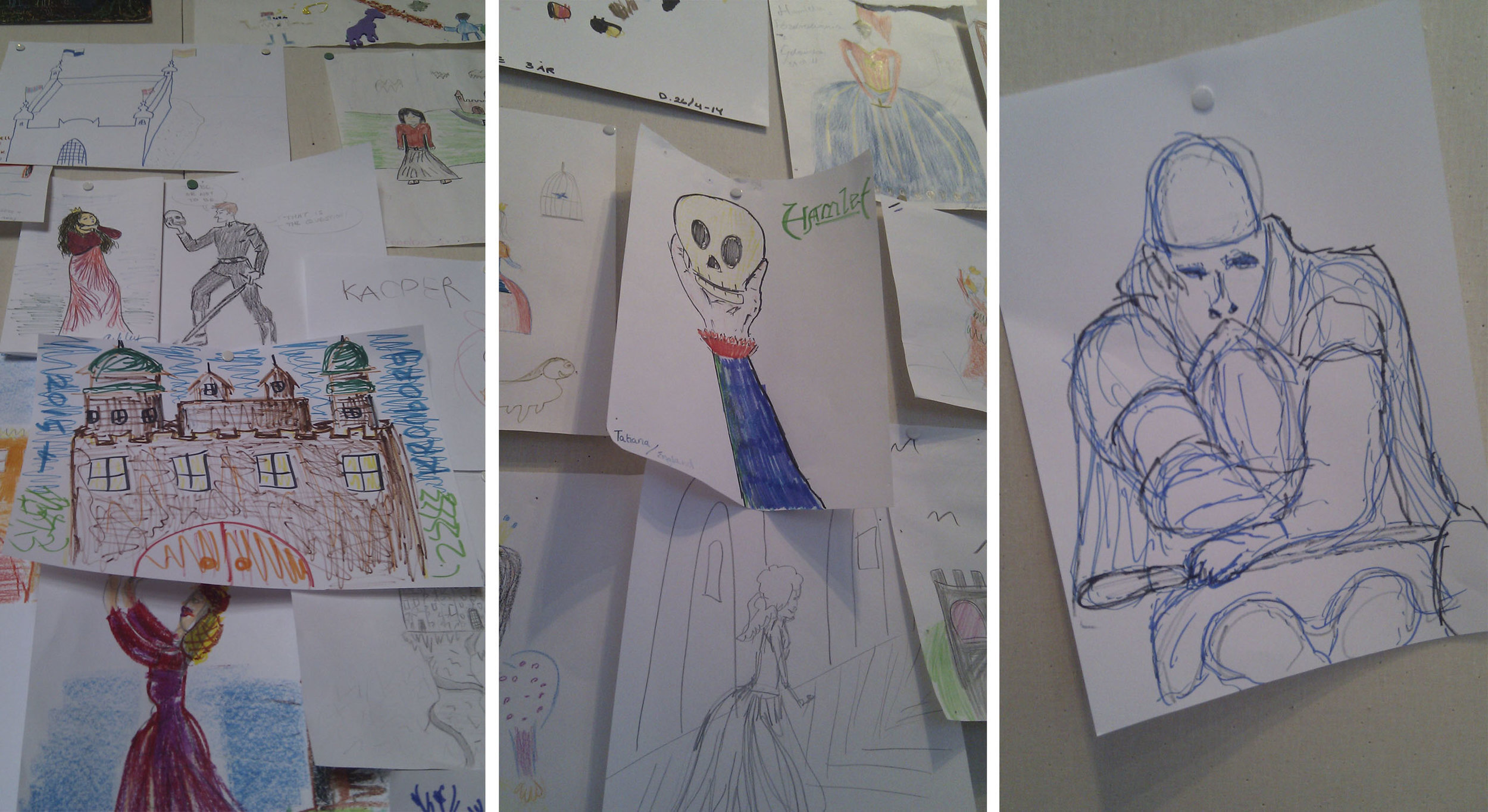Copenhagen and Beyond
Like the true festival lover that I am, last year in March (yes, it took me one year and a half to go back and organise my notes and photos) I decided to go away for the long St Patrick’s weekend and visit Copenhagen.
The first day was spent familiarizing with the area where my Airbnb flat was located, Ørestad, and doing a tad of window shopping and people watching in the inner city. Before heading back to the apartment, I managed to squeeze in a visit to the Round Tower. I ended my day in the most uninteresting way: eating a box of sushi while watching on TV a re-run of Would I Lie To You? with subtitles in Danish.
Copenhagen from the Round Tower
The next day I took a train to Helsingør, classically known in English as Elsinore, to visit Kronborg Castle - the impressive royal residence that Frederick II built on the shores of the Baltic Sea in the second half of the 16th century and for which no expense was spared.
The home of Shakespeare’s Hamlet is also the fortress where Queen Caroline Matilde, married to the insane King Christian VII, was taken and kept under house arrest after being accused of infidelity. I have been captivated by this story since I read Stella Tillyard's book, Royal Affair, and if you, like me, have an interest in the lives of royal women, especially those from the 18th century, I would recommend reading it.
The whole building is simply massive, and at the risk of sounding unsophisticated, I was positively impressed with the sheer number of toilets around. In the dark and damp underground passages - where the smell of the oil lamps is rather intense, I must admit - lies asleep Holger Danske, the Danish mythical hero. A drawing of him was left in the Educational room, and you can see him below right.
When I finished the visit, I immediately started looking for a place where to rest, warm up (to say that the wind was bitterly cold would be an understatement) and have lunch. I didn't have to go that far as I was lucky enough to find a table in the restaurant of Culture Yard, a cutting-edge glass and steel structure created from old wharf buildings.
On my way back to Copenhagen, I stopped in Humlebæk to visit the Lousiana Museum of Modern Art. To start with, I must confess I spent more time in its stylish butik than the gallery itself, but when, eventually, I found the energy to go on my meandering art-quest, I was truly taken aback by the amicable and restful atmosphere. Speaking of rest, I truly appreciated the room with the huge corner sofa and panoramic sea view of Sweden across the river Sound. I was still sank into the sofa when I started noticing plenty of visitors carrying rolled-up posters. They were reproductions of the work that the Irish artist, Richard Mosse, has produced during the civil war in eastern DR Congo. Because they are beautiful but deeply unsettling images, I thought the enthusiasm of those who were grabbing the posters excessive, if not inappropriate. I won’t deny that seeing a mousetrap in the Giacometti room left me kind of perplexed too.
Roskilde Harbour
On my third day I travelled by train to Roskilde, a city a mere 30km west of Copenhagen, to visit the Viking Ship Museum. The flat landscapes, pointed by so many delicate birch trees, added to all my train journeys around and beyond Copenhagen a dreamy element.
After paying homage to the open sandwich tradition of Denmark - I had a magnificent smørrebrød in the restaurant just outside the Museum - and a brisk walk around the city centre, I went back to Copenhagen to take a canal and harbour tour. It was during this tour that I spotted a bronze copy of Michelangelo's David statue.
Donated to the city by brewer Carl Jacobsen in 1896, this replica of Michelangelo's nude statue was first exhibited nearby Vartorv Square and its religious foundation. Unfortunately, David found himself almost immediately in the doghouse because of a number of no spring chicken damsels living in the same square. It seems that mainly those who were living on second floor-level were distressed, as their windows looked out on David's symbol of his manhood. After thinking for a little while of joining the infamous 'fig leaf campaign' - which, by the way, wouldn't have solved the problem of David's buttocks turned against the convent - the municipality started to look for a new more suitable location. This must have proved to be more difficult than they had anticipated if the statue wandered the city for almost one hundred years before reaching his present location in 1993.
Copenhagen Harbour
I finished my day with a late evening visit to the wondrous National Aquarium where, unashamedly, I had fish and chips for dinner. Most of my fourth and last day was spent visiting the SMK, National Gallery of Denmark.
Just an end-note: the two photos above were taken with an Ilford Black & White Disposable Camera, which proved to be almost perfect for low light situations as it contained a ILFORD HP5 PLUS roll and a flash. I do not remember why and when I bought it, but I do remember taking it with me to Denmark because it was much lighter than my beloved Hasselblad 500C/M.
Apart from the usual frozen-shoulder pain, this time the Hasselblad caused me also some embarrassment at the airport when a Security officer called and beckoned me over just to say that… he loved my camera.



